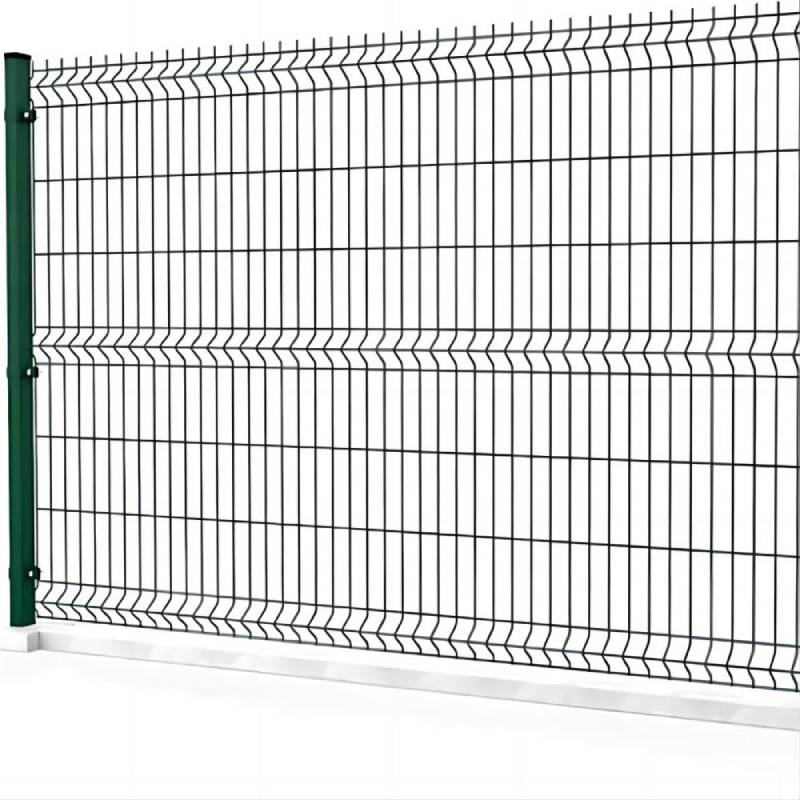installing barbed wire on top of fence
Installing Barbed Wire on Top of a Fence A Comprehensive Guide
When it comes to securing a property, the importance of effective fencing cannot be overstated. While traditional wooden or chain-link fences provide a decent level of protection, adding barbed wire to the top of a fence can enhance security significantly. Whether for residential or commercial purposes, installing barbed wire is a practical choice for those looking to deter trespassers. In this article, we’ll explore the benefits of barbed wire, the tools you'll need, and give you a step-by-step guide to installation.
Why Use Barbed Wire?
Barbed wire is a type of fencing wire that is designed with sharp edges or pointed spikes arranged at intervals along its length. This design makes it a formidable barrier against unwanted intruders. Here are a few key benefits of installing barbed wire
1. Deterrent to Intruders The sharp barbs create a psychological and physical barrier that deters trespassers. Knowing that entering a property is riskier can help keep unwanted visitors away.
2. Cost-Effective Security Compared to other security measures such as motion sensors or surveillance cameras, barbed wire is a more economical option for increasing security.
3. Durability Barbed wire is typically made of galvanized steel, making it resistant to rust and corrosion, which ensures longevity.
4. Versatility It can be installed on various types of fences—wood, chain link, or even brick walls—making it a flexible choice for different properties.
Tools and Materials Needed
Before you start the installation, gather the following tools and materials
- Barbed wire rolls (sufficient for the length of your fence) - Fence posts (if additional support is needed) - Wire cutters - Tensioning device or tools (optional, for tension adjustments) - Gloves (to protect your hands from sharp edges) - Protective eyewear - Staple gun or fencing clips - Ladder (if needed for tall fences)
installing barbed wire on top of fence

Step-by-Step Installation Guide
1. Preparation Assess your fence to determine where the barbed wire will be installed. Check the fence's structural integrity to ensure it can support the added weight of the wire.
2. Determine Height Decide how high you want the barbed wire to sit above the fence. Typically, it should be at least 6 to 12 inches above the fence line to maximize its effectiveness.
3. Attach Fence Posts If the existing fence appears weak, you might want to install additional posts for support. Ensure they are driven deeply into the ground and are firmly secured.
4. Unroll the Barbed Wire Start at one end of your fence and unroll the barbed wire along the top. Make sure it runs straight and tight. It’s essential to ensure that the wire does not sag to maintain a secure barrier.
5. Secure the Wire Using a staple gun or fencing clips, attach the barbed wire to the top of your fence. Space out the attachments every few feet to keep it taut and prevent it from shifting.
6. Tension the Wire If necessary, use a tensioning device to tighten the wire. This step is crucial for maintaining its effectiveness and preventing sagging over time.
7. Final Touches Once the barbed wire is secured, go over the entire installation to make sure there are no loose areas. Trim any excess wire and ensure that all points of contact with the fence are secure.
8. Safety Precautions After installation, make sure to inform family members or anyone who may come near the fence about the presence of barbed wire. Consider adding warning signs to further enhance safety.
Conclusion
Installing barbed wire atop a fence is a straightforward and effective way to bolster security. By following these steps and taking appropriate safety precautions, you can create a formidable barrier to protect your property. Whether for a commercial facility, farm, or residential area, barbed wire provides an added layer of safety that is both practical and economical. With the right tools and approach, you can ensure your property remains secure and well-protected.
-
Space-Saving Chain Fence Hacks Vertical Gardening with Cyclone MeshNewsJul.16,2025
-
Innovations in Iron Nail Wire Production for Modern ConstructionNewsJul.16,2025
-
Creative Uses of Wire Netting Fence in Modern Landscape DesignNewsJul.16,2025
-
Barbed Wire Fence Innovations in Anti-Climb TechnologyNewsJul.16,2025
-
Architectural Uses of Umbrella Nails for Aesthetic Roof DesignsNewsJul.16,2025
-
Architectural Uses of Razor Barbed Wire in Secure Urban DesignNewsJul.16,2025




